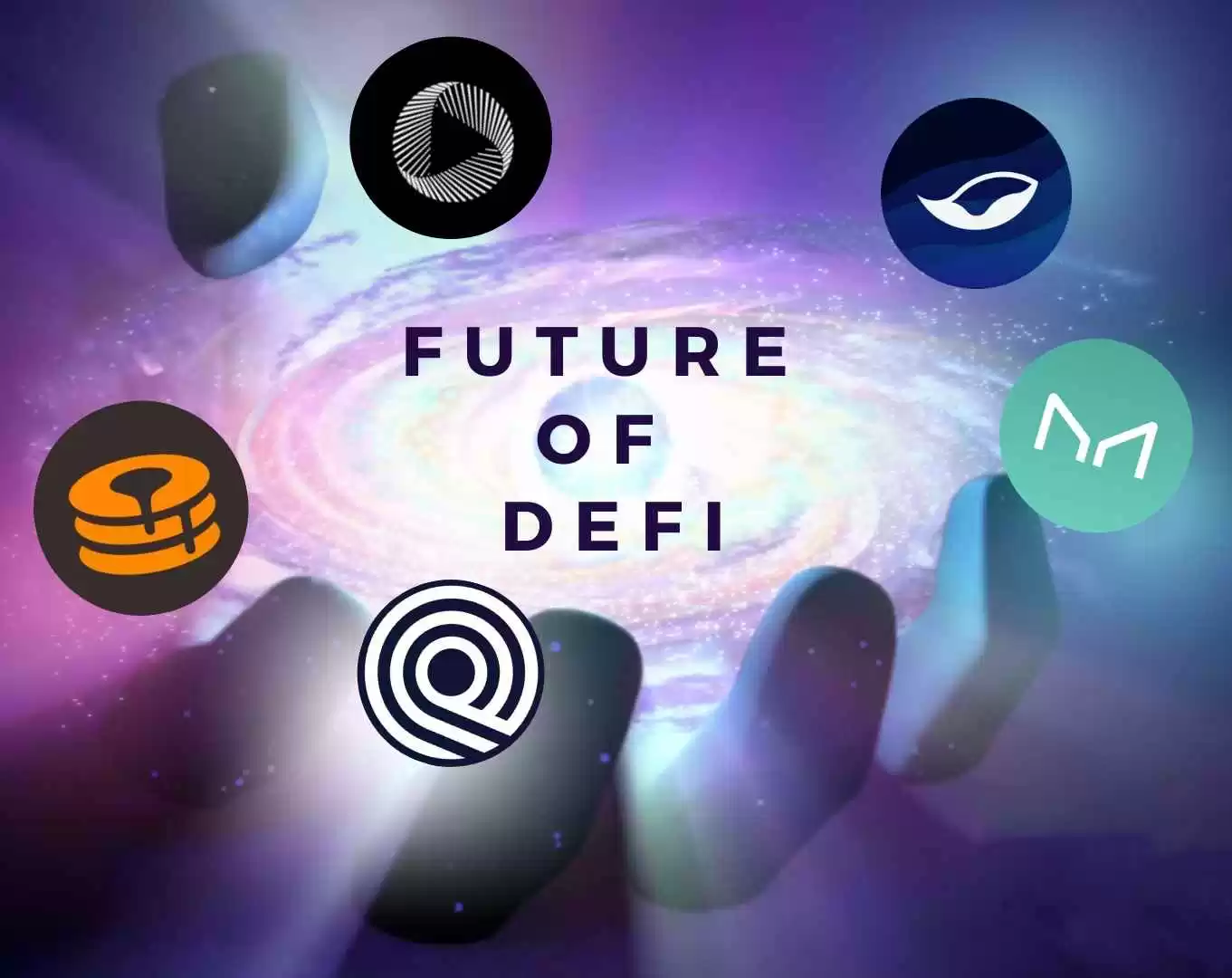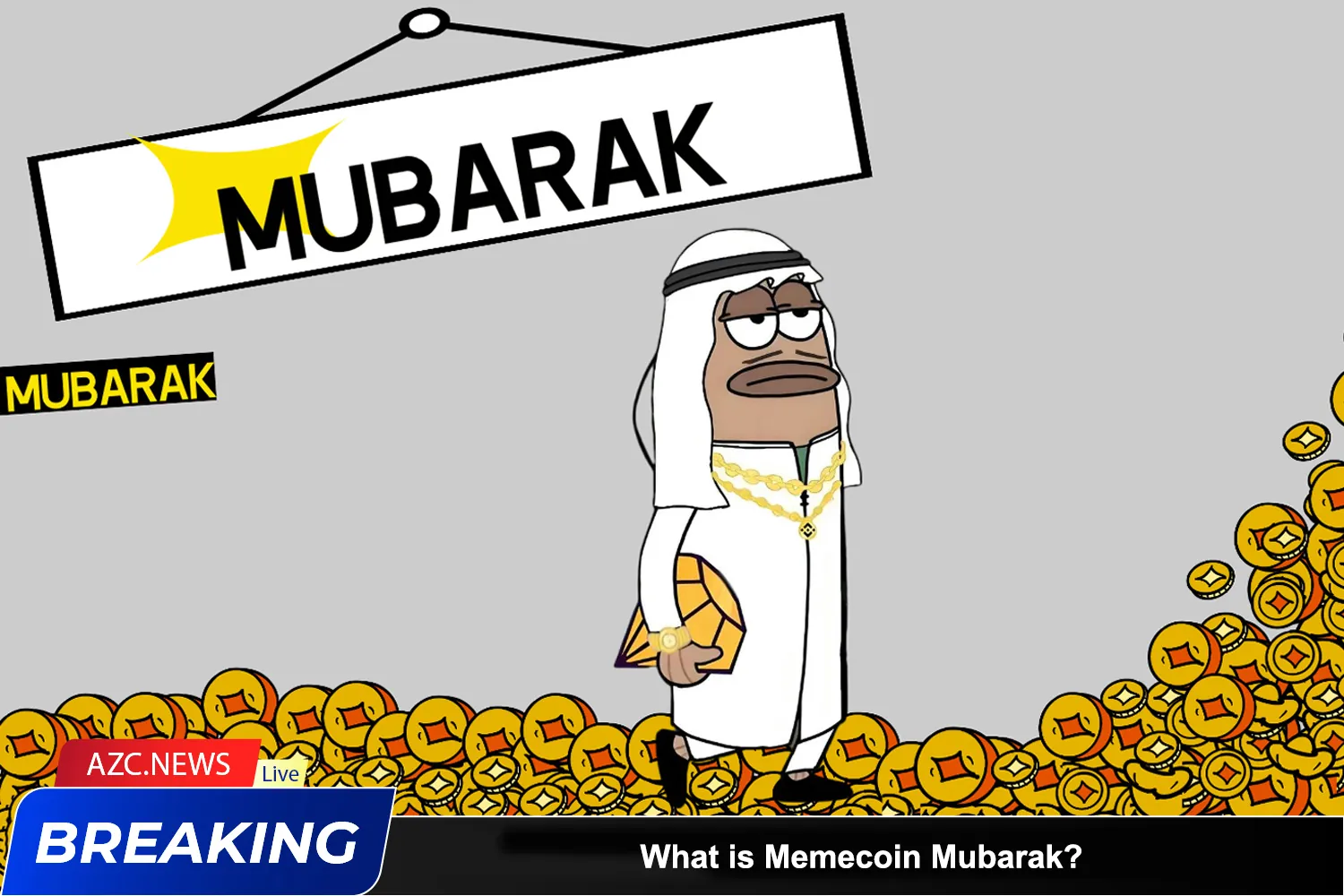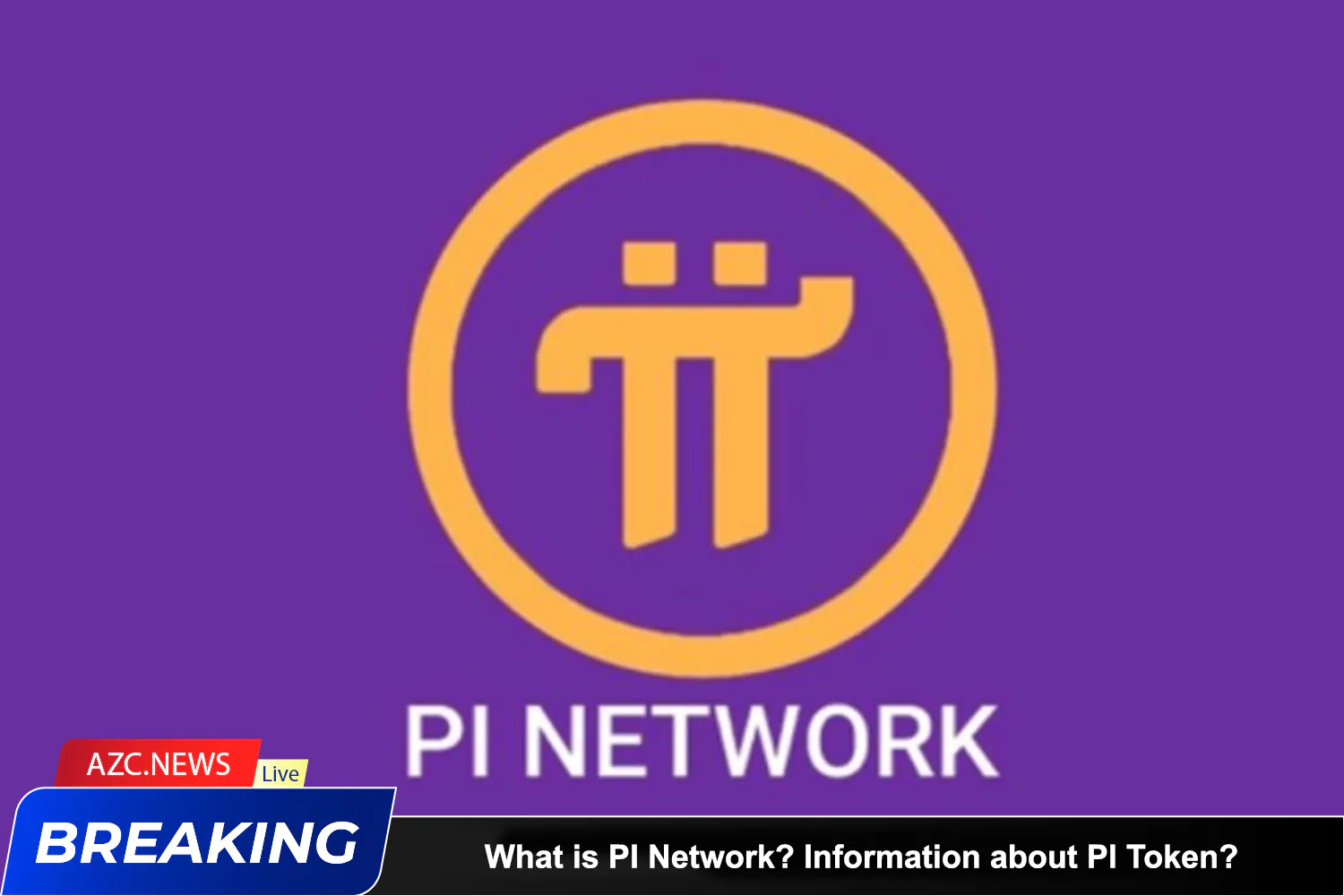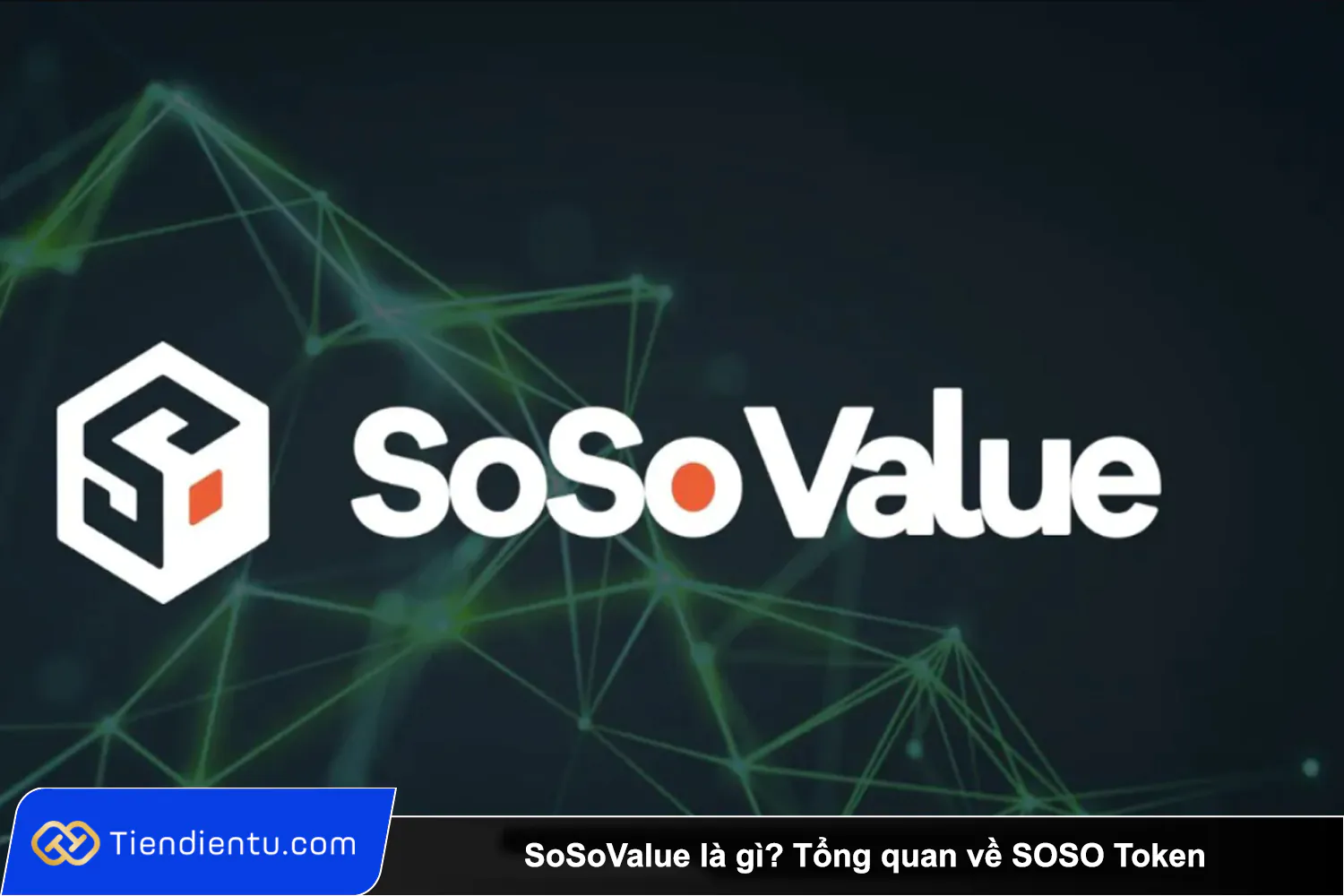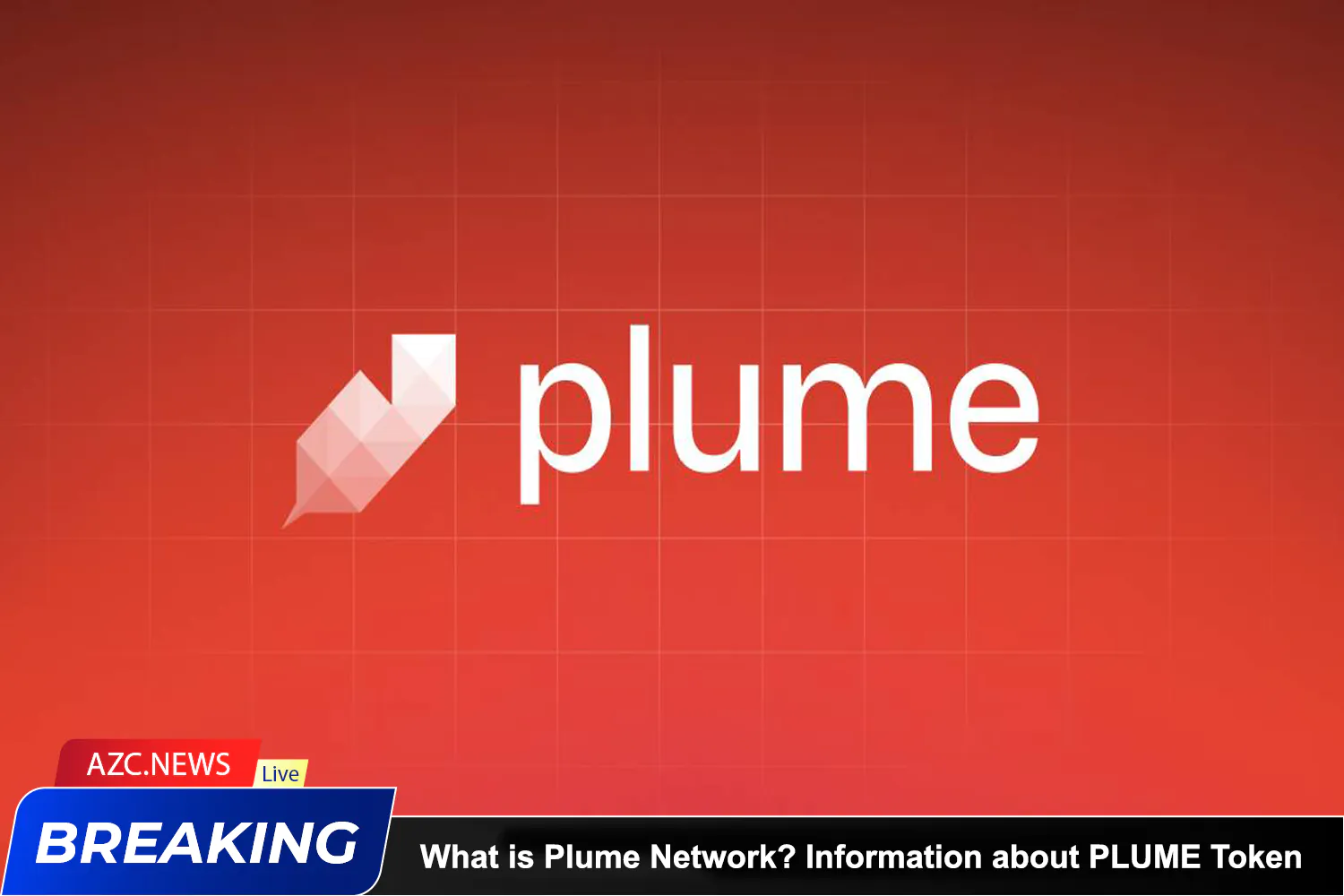Potential of Real World Assets
The Boston Consulting Group’s study suggests that the tokenization of illiquid assets worldwide could open up a business opportunity estimated at $16 trillion by 2030. Moreover, prominent research organizations like Blockworks, Messari, and Binance Research have all identified RWA as a key focus for 2023.
The World Economic Forum has predicted that by 2027, over 10% of the global Gross Domestic Product (GDP) will be stored on blockchain technology. A significant portion of this is expected to consist of home equity-based loans. Therefore, real estate is likely to play a substantial role in the future RWAs ecosystem.
But why is RWA gaining so much attention? This is because RWA tokens come with a multitude of benefits:
Increased Accessibility: RWAs make traditionally illiquid assets, such as real estate and bonds, accessible to a broader range of investors, eliminating geographical barriers and allowing global participation.
Lower Management Costs: Tokenization of assets often results in lower management fees, making investing in RWAs more cost-effective for both individuals and institutions.
DeFi Expansion: RWAs offer practical use cases within the rapidly growing Decentralized Finance (DeFi) ecosystem, bridging the gap between the digital and physical worlds and adding tangible value to the crypto space.
Optimized Capital Flow: RWAs facilitate efficient allocation of capital on a global scale, potentially reducing friction and inefficiencies in financial markets.
Fractional Ownership: Asset fragmentation, like dividing real estate, enables fractional ownership, enabling smaller investors to participate in high-value assets that were previously out of reach.
Immediate Liquidity: RWAs provide the advantage of immediate liquidity, allowing investors to buy, sell, or trade assets quickly without the typical delays associated with traditional markets.
Institutional Interest: Major financial institutions and corporations are increasingly exploring RWAs, indicating growing acceptance and potential for significant adoption in the near future.
Regulatory Clarity: As regulatory frameworks for digital assets become more defined, RWAs stand to benefit from increased legitimacy and investor confidence.
Diverse Asset Types: RWAs encompass a wide range of assets, from real estate and luxury goods to commodities and stocks, offering investors a diversified portfolio of tokenized assets.
Technological Advancements: Advancements in blockchain technology, interoperability solutions, and smart contract capabilities enhance the feasibility and security of RWAs.
In summary, Real World Assets are gaining prominence due to their potential to democratize access to traditional assets, contribute to the expansion of DeFi, optimize capital utilization, and offer immediate liquidity. With increasing institutional interest and regulatory clarity, RWAs are poised to play a pivotal role in reshaping the cryptocurrency landscape.
Most importantly, it offers immediate liquidity.
Some recent examples of RWA developments in the traditional financial world:
The Monetary Authority of Singapore was one of the first financial institutions to experiment with RWAs through Project Guardian in 2022.
- On February 14th, Siemens, a technology company, also issued €60 million worth of digital bonds on the Polygon network.
- BlockTower, a traditional financial organization specializing in venture investments, credit underwriting, and portfolio management, has entered the RWA ecosystem as well. In January 2023, they collaborated with MakerDAO and Centrifuge, injecting an additional $220 million into the DeFi market.
- On February 16th, Hong Kong issued the world’s first encrypted green bonds worth $101 million.
- On April 3rd, Credit Agricole CIB and Sweden’s SEB started developing a blockchain-based platform for digital bonds.
- On April 14th, Bank of America outlined the tokenization of RWAs such as commodities, currencies, and stocks as a primary driver for the adoption of digital assets.
- On April 20th, Societe Generale introduced a European stablecoin, CoinVvertable, on Ethereum, making it the first regulatory-compliant stablecoin deployed on a public blockchain.
- On April 26th, Mitsubishi UFJ Trust and Banking Corporation developed a digital securities platform using IBC (Cosmos) as the communication protocol and Corda blockchain infrastructure.
Related: What is an RWA crypto?
Conclusion
It’s evident that financial institutions are increasingly delving into the DeFi market through the realm of RWAs. The most commonly tokenized assets include real estate, bonds, luxury cars, and more. This is a strong signal indicating that RWAs are worth keeping an eye on and have the potential to become a significant trend in the cryptocurrency space in the near future.

